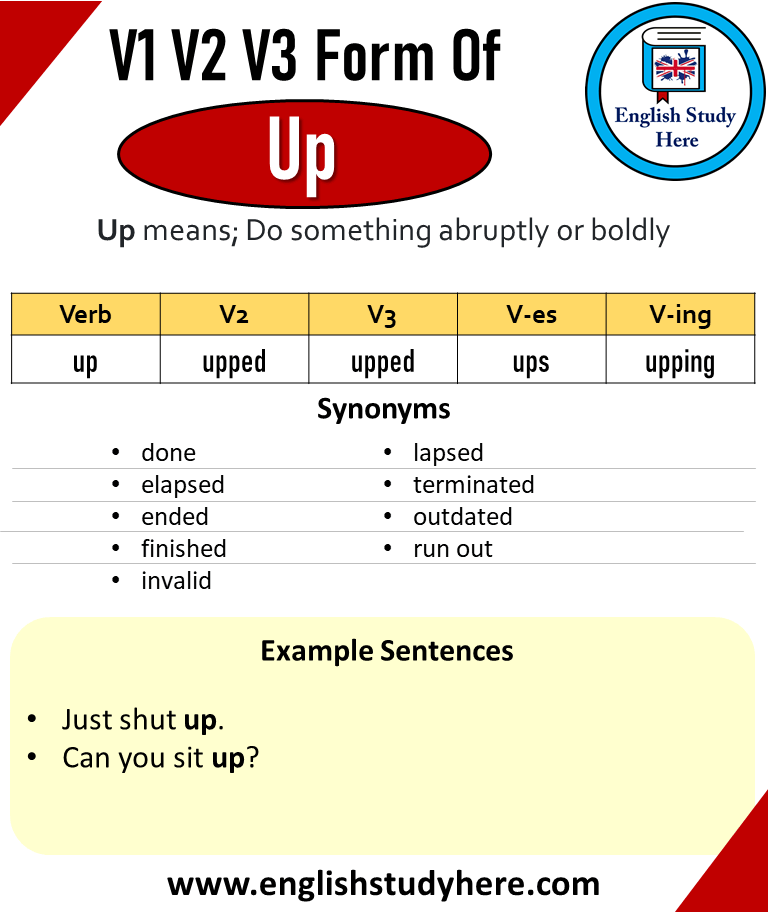Shut Past And Past Participle Form V1 V2 V3 V4 V5 Form of Shut
Have you ever found yourself questioning the correct forms of the word “shut” in different tenses? You’re not alone.
Language can be tricky, and even the most seasoned English speakers occasionally stumble over verb forms. But don’t worry—this guide is here to clear up any confusion you might have. Whether you’re a student, a writer, or simply someone who loves mastering English, understanding the verb forms of “shut” will not only refine your language skills but also boost your confidence.
Let’s dive into the V1, V2, V3, V4, and V5 forms of “shut” and discover how mastering these can make your communication more effective and precise. Stay with us, and you’ll unlock the secrets of this seemingly simple yet essential word.

Credit: englishgrammarhere.com
Different Forms Of Shut
Shutis an easy word. Kids know it well. It means to close. This word has different forms. The base form is shut. The past form is also shut. The past participle is shuttoo. The present participle is shutting. The third person singular is shuts. These forms are useful. They help with grammar. They make sentences clear. Using the right form is important. It helps you speak well. It helps you write well too. Learn these forms. Practice them often. They will help you a lot.

Credit: englishgrammarhere.com
Usage Of Shut In Sentences
The verb shutmeans to close something. We often shut doors and windows. The past form of shut is also shut. The past participle is shuttoo. Simple, right?
| Base Form (V1) | Past Form (V2) | Past Participle (V3) | Present Participle (V4) | Third Person Singular (V5) |
|---|---|---|---|---|
| Shut | Shut | Shut | Shutting | Shuts |
We shut the door at night. She shuts her book after reading. They are shutting the shop now. He has shut the window tight. We shut the door every evening.
Common Mistakes With Shut Forms
Many people confuse the forms of shut. The base form is shut. It stays the same in past tense. This makes it easy to remember. The past participle is also shut. This can surprise learners. Other verbs change forms. But shutdoes not change.
The present participle is shutting. This shows ongoing action. It is used for things happening now. The verb forms remain simple. This helps in writing and speaking. Mistakes often happen with verb forms. Practice can help avoid these errors.

Credit: englishstudyhere.com
Conclusion
Understanding the verb forms of “shut” enhances your English skills. “Shut” is unique; it stays the same in all forms. This simplicity makes it easy to remember and use. Practice using “shut” in sentences to get comfortable. Over time, this will help improve your language use.
Remember, consistency is key in learning a new language. Keep practicing and you’ll get better. Use this knowledge in conversations and writing. Soon, you’ll notice your progress. Stay curious and keep exploring other verbs. Your efforts will pay off!






